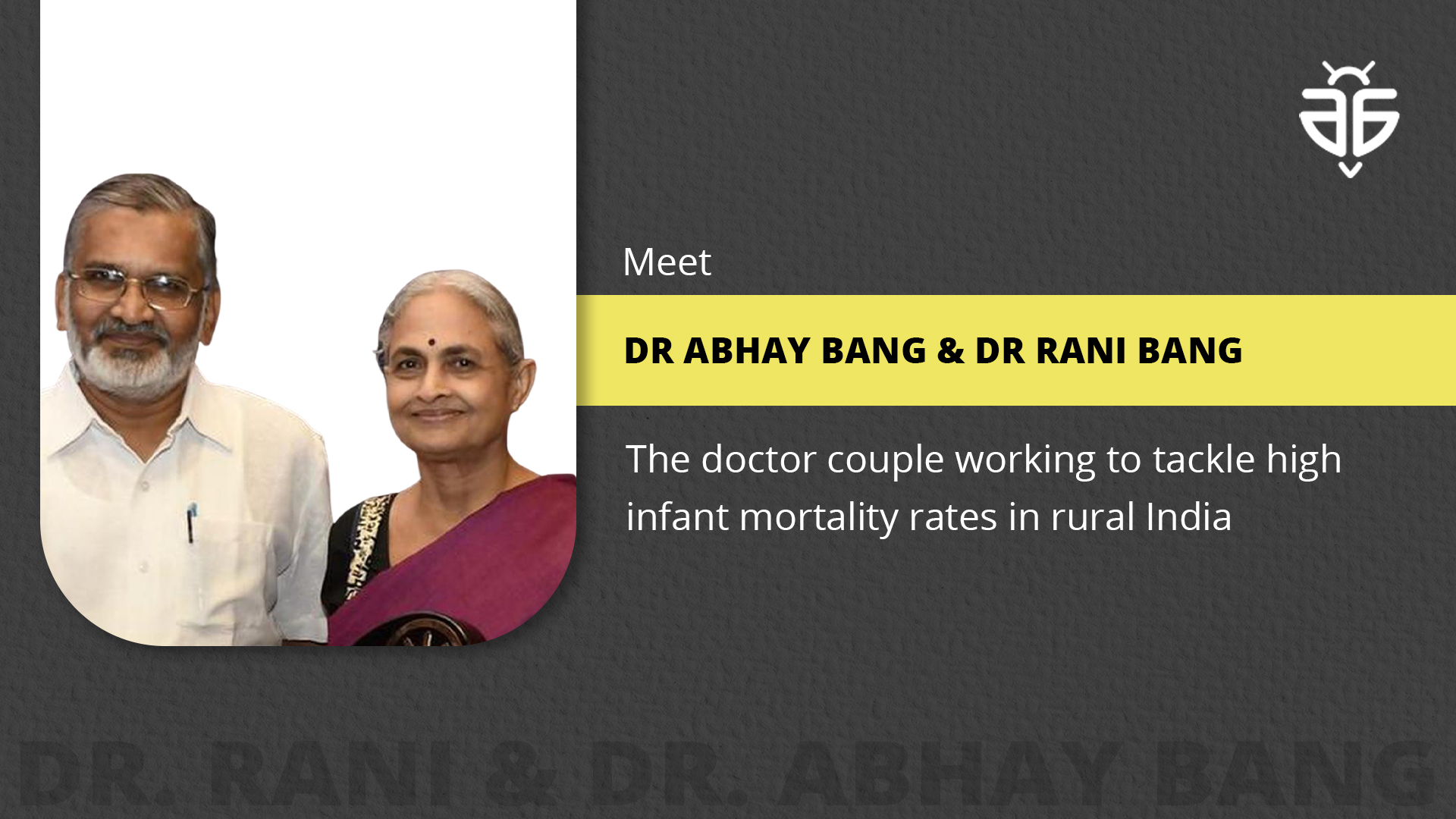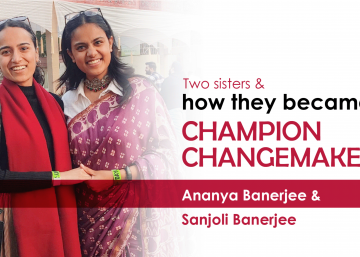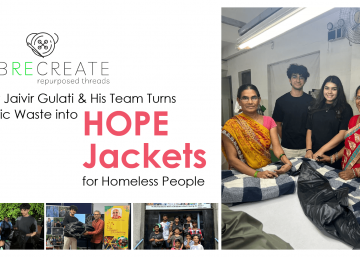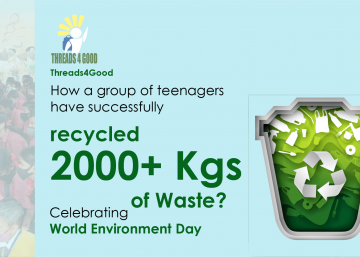Located in Western Maharashtra, some 1,000 kilometers from Mumbai and bordering Chhattisgarh, Gadchiroli district is a backward rural region. 60 percent of its landmass is covered by forests and 80 per cent of the people live below the poverty line. Indigenous people account for 40 per cent of the district’s population and primitive beliefs and age-old traditions, such as resorting to witchcraft to treat diseases, govern everyday life.
Amidst all of these superstitious practices came a ray of hope to better the healthcare of the region, in the form of a doctor couple. This is their story- the story of Dr. Abhay Bang and Dr. Rani Bang! Kindness for the Bangs became a way to change the dire situation of Gadhchiroli and in their story, they chose to spread kindness through their expertise and dedication to work in the rural areas. For them, kindness had a way through better healthcare facilities.
In 1988, the district’s infant mortality rate (IMR) stood at 121 per 1,000 births, among the highest in the country. A decade and a half later, the IMR in the district saw a steep fall to 30 – equal to the rate in large cities with updated medical facilities. This change came about not because the government suddenly chose to invest heavily in the district’s healthcare but due to the work of this couple- Rani and Abhay Bang. Their home-based newborn care (HBNC) model revolutionized the way infant mortality is approached in rural areas.
The success of this model is nowhere to be beaten. Today, the Government of India is training 8.19 lakh village health workers under its Asha programme. HBNC has reached more than 11 million newborns across six lakh villages and continues to do so.
The results are beginning to show. According to a 2016 study by Prabhat Jha of the Centre for Global Health Research, India prevented about one million child deaths between 2005 and 2015. HBNC has played a key role in this. Six African countries embraced this model in 2005-06. The success of how Abhay and Rani continue to provide care and support is beyond words.
About the story of how the HBNC started, they reminisce how one rainy evening in the late 1980s, two women rushed into the Bang’s home with a very sick infant. Even as Dr Abhay Bang began evaluation, the baby stopped breathing. “It died on my bed while I helplessly watched,” he recalls. He deduced that the child could have died from 18 different causes.
The child’s death affected them badly and their focus turned to infant mortality. About 100-odd villages in the district became their laboratory and they began to record every childbirth and death. They figured one major cause of Infant mortality is pneumonia. They began to look for a simple and affordable way to identify pneumonia and arrived at a method based on the child’s breath rate. With no medical facilities worth the name, they also had to find a way to reach the cure for pneumonia to the people. Midwives or traditional birth attendants (TBAs) in every village were seen as a possible solution.
Dr. Abhay Bang designed a simple breath counter instrument to enable them to count. Once they diagnosed pneumonia, the infants were given antibiotics.
The solution worked and within two years (by 1990) the IMR in the district began to decline and fell to 75-80 per 1,000 as the death rate among infants due to pneumonia declined to just 0.5 percent.
What most rural areas needed at that point was an effective solution to bring healthcare at home, thus was born HBNC through Dr. Abhay and Dr. Rani. Currently they both continue to help and support people in Gadhchiroli district and a lot more places have adopted their model throughout the country and outside. The were recognised by the government of India with the Padma Shree in 2018 for their work.
Their idea of spreading awareness and keeping the Kindness Revolution alive was transformed into reality through their efforts and dedication to help others and create a better future!
Here’s to more such efforts to better healthcare in the country and creating a better future.
aidbees is working with 50+ NGOs working at the grassroots level for 10 different themes. We are on our way to build a kinder and better future together. You can support these NGOs by clicking here!







